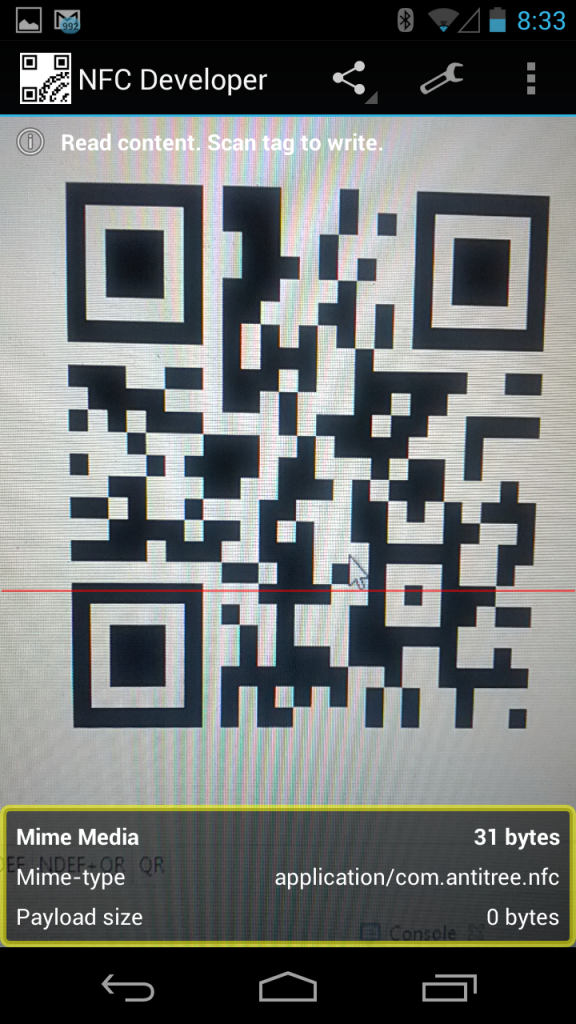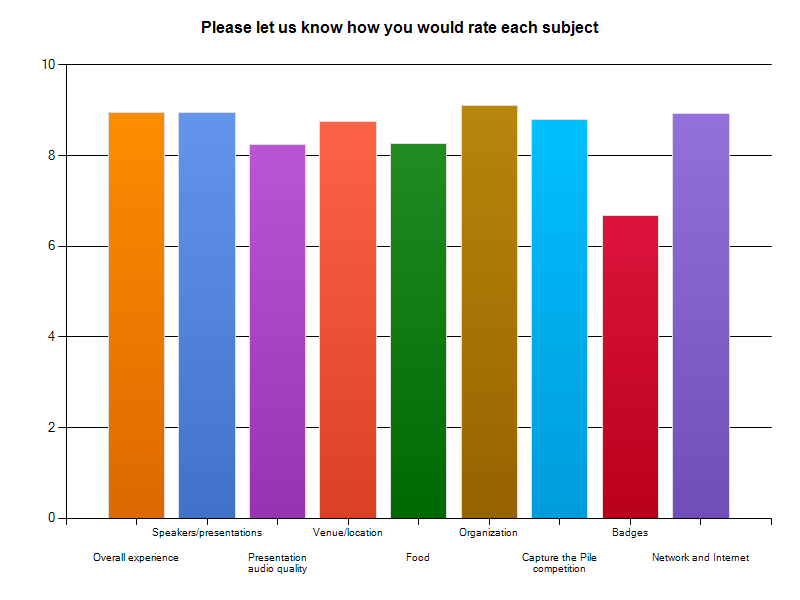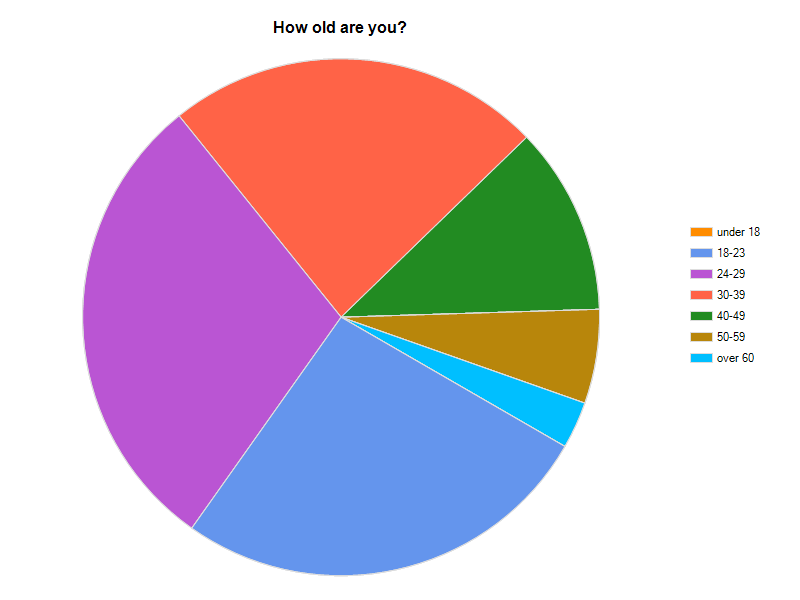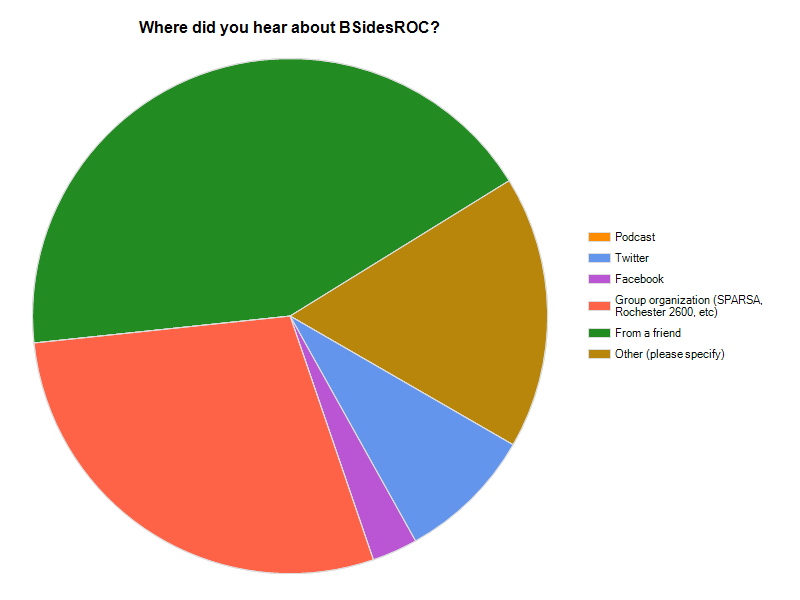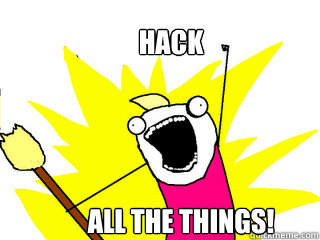#!/usr/bin/python
#
# Author: Antitree
# Description: Example of using the new Twitter 1.1 API to
# collect all the tweets from a user.
#
# Derived from tsileo
# https://gist.github.com/tsileo/4637864/raw/9ea056ffbe5bb88705e95b786332ae4c0fd7554c/mytweets.py
#
import requests
import sqlite3, sys
from requests_oauthlib import OAuth1
# Go to https://dev.twitter.com/apps and create a new application
# Paste in your information here
CONSUMER_KEY = ''
CONSUMER_SECRET = ''
#Fill this in with the keys you receive after the first run
OAUTH_TOKEN = ""
OAUTH_TOKEN_SECRET = ""
OAUTH_TOKEN = ""
OAUTH_TOKEN_SECRET = ""
################################
if len(sys.argv) is 2:
SCREENNAME = sys.argv[1]
else: SCREENNAME = "rossja"
AUTH = ''
REQUEST_TOKEN_URL = "https://api.twitter.com/oauth/request_token"
AUTHORIZE_URL = "https://api.twitter.com/oauth/authorize?oauth_token="
ACCESS_TOKEN_URL = "https://api.twitter.com/oauth/access_token"
def setup_oauth():
# Request token
oauth = OAuth1(CONSUMER_KEY, client_secret=CONSUMER_SECRET)
r = requests.post(url=REQUEST_TOKEN_URL, auth=oauth)
credentials = parse_qs(r.content)
resource_owner_key = credentials.get('oauth_token')[0]
resource_owner_secret = credentials.get('oauth_token_secret')[0]
# Authorize
authorize_url = AUTHORIZE_URL + resource_owner_key
print 'Please go here and authorize: ' + authorize_url
verifier = raw_input('Please input the verifier: ')
oauth = OAuth1(CONSUMER_KEY,
client_secret=CONSUMER_SECRET,
resource_owner_key=resource_owner_key,
resource_owner_secret=resource_owner_secret,
verifier=verifier)
# Finally, Obtain the Access Token
r = requests.post(url=ACCESS_TOKEN_URL, auth=oauth)
credentials = parse_qs(r.content)
token = credentials.get('oauth_token')[0]
secret = credentials.get('oauth_token_secret')[0]
return token, secret
def get_oauth():
oauth = OAuth1(CONSUMER_KEY,
client_secret=CONSUMER_SECRET,
resource_owner_key=OAUTH_TOKEN,
resource_owner_secret=OAUTH_TOKEN_SECRET)
return oauth
def get_all_tweets(screenname, auth=AUTH):
count = 200 #Max for the 1.1 API is 200 per request
tweets = []
#The max_id value sets from where to start collecting tweets.
# e.g. 1234 means that you would get tweets older than 1234
maxstr = "&max_id="
lastid = ""
maxid = ""
while True:
# Call the API and collect the response as a JSON response
r = requests.get(
url="https://api.twitter.com/1.1/statuses/user_timeline.json?screen_name=%s&include_rts=1&count=%s%s"
% (screenname, count, maxid, ), auth=AUTH, ).json()
tweets += r
lastid = r[len(r)-1]["id"]
maxid = maxstr+str(lastid) # update the Max_Id value
if len(r) is 1: # You found all the tweets
break
print("Collecting next set of tweets starting at %s " % lastid)
print("Collected %s tweets from %s" % (len(tweets), SCREENNAME))
return tweets
def store_tweets(tweets):
con = sqlite3.connect('tweet.db')
cur = con.cursor()
cur.execute('CREATE TABLE IF NOT EXISTS '+ SCREENNAME +' (id text, tweet text, date text)')
for tweet in tweets:
cur.execute('INSERT OR REPLACE INTO '+ SCREENNAME +' VALUES(?,?,?)', (tweet['id'], tweet['text'], tweet['created_at']))
cur.close()
con.commit()
if __name__ == "__main__":
#Setup OAuth if we haven't already
if not OAUTH_TOKEN:
token, secret = setup_oauth()
print "OAUTH_TOKEN: " + token
print "OAUTH_TOKEN_SECRET: " + secret
print
else:
AUTH = get_oauth()
tweets = get_all_tweets("antitree")
store_tweets(tweets)



